Client
Nestle Philippines, Inc.
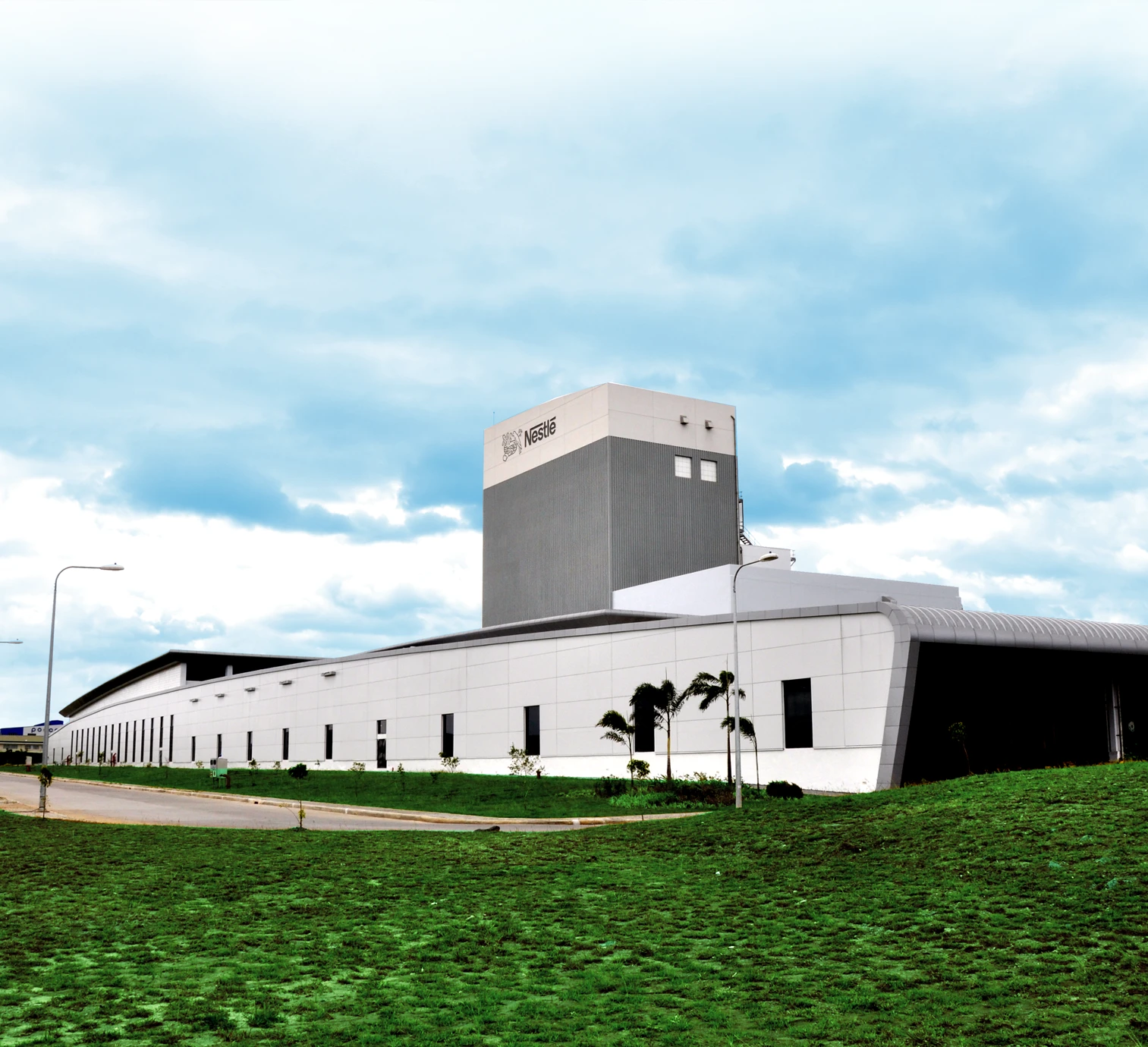
Factory of the Future
Client
Nestle Philippines, Inc.
Typology
Industrial
Size
35 hectares I 3 Buildings
Services
Masterplanning, Architectural Design, Interior Design, Experience Design
Location
Batangas City, Philippines
Year
2009 - 2012
Nestlé Philippines’ newest facility in Tanauan, Sto. Tomas, Batangas, is conceived as a “Factory of the Future”—a model for how industrial environments can evolve into sustainable, human-centered ecosystems. Occupying a 35-hectare site, this state-of-the-art development reflects Nestlé’s global commitment to innovation, environmental responsibility, and operational excellence.
Far beyond the conventional factory, it is envisioned as an “eCommunity,” where technology, people, and nature coexist within a purpose-built environment that expresses care, efficiency, and forward-thinking design. Aidea led the architectural and interior design, while its Experience design team developed a comprehensive environmental graphics program to unify the experience.
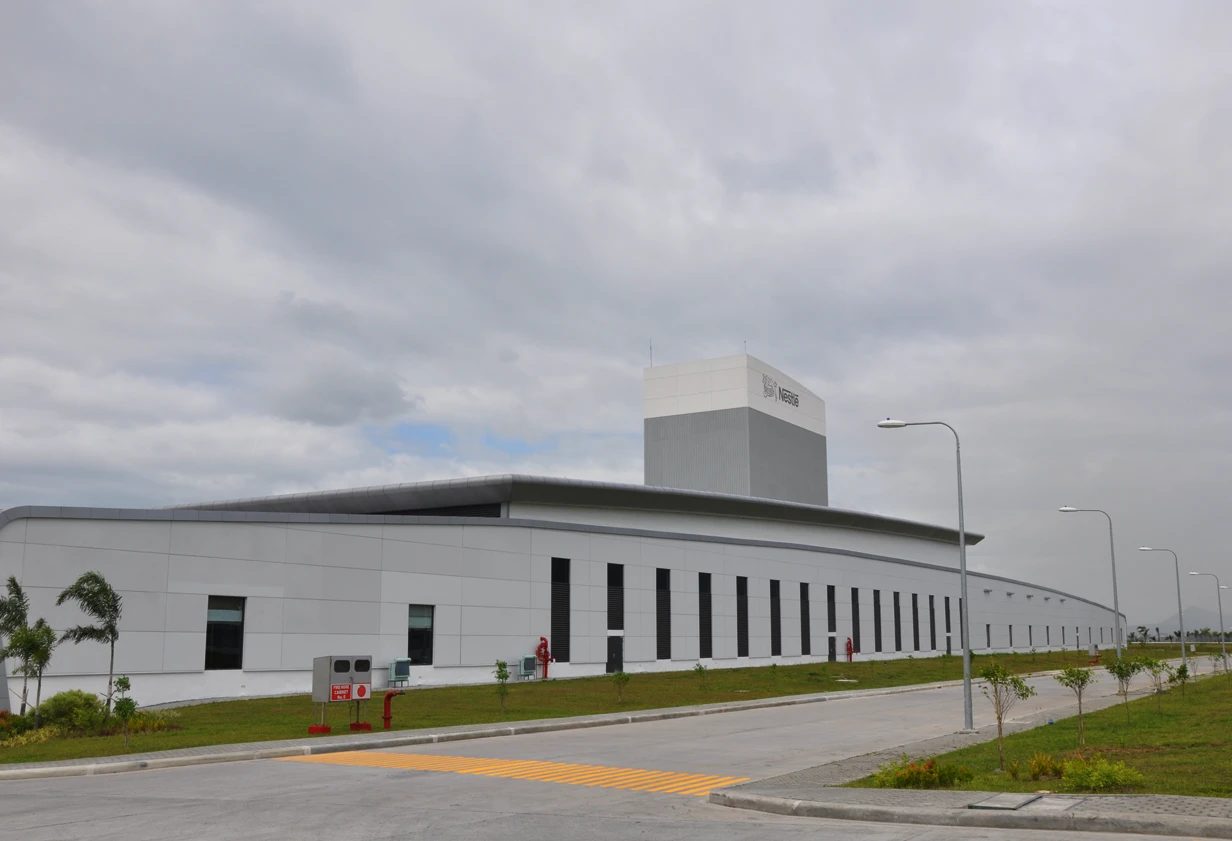
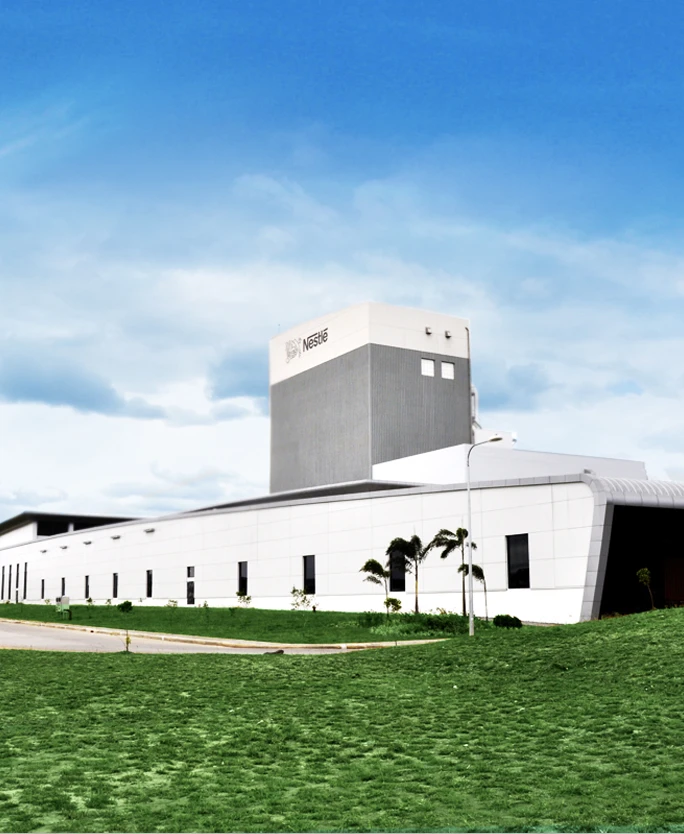
The design evolved through sustained engagement with Nestlé’s stakeholders, gaining insight into both technical requirements and organizational values. Every building form was shaped to meet specific operational needs while also contributing to a cohesive architectural language across the site.

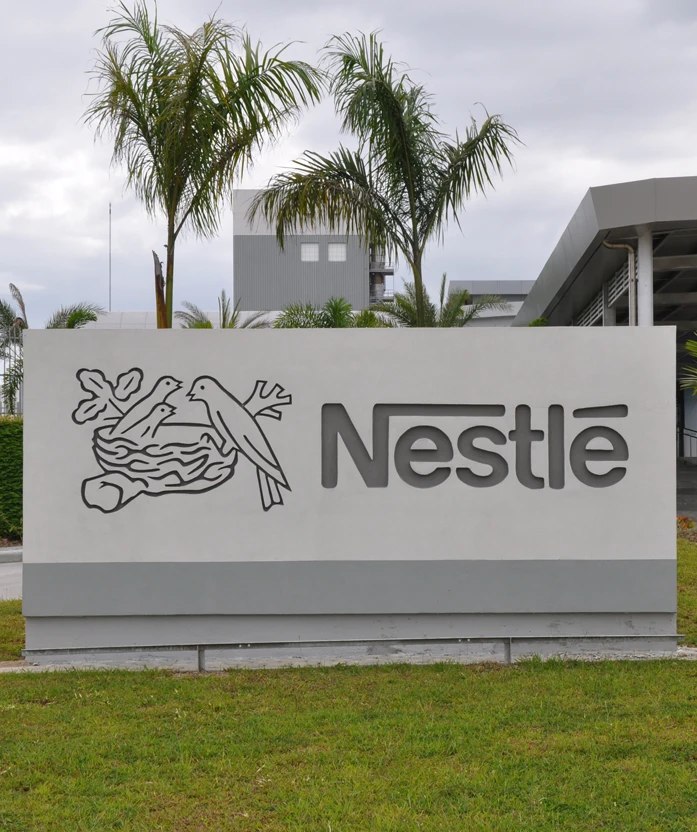
The facility redefines the factory typology, offering a sensory experience rather than a purely utilitarian one. Production and support buildings are treated as architectural statements, with forms that convey technological advancement and spatial planning that supports health, safety, and efficiency. Aidea’s interior design translates Nestlé’s brand ethos into the built environment, creating workplaces that are not only functional but also uplifting—featuring natural light, warm materials, and flexible layouts that support collaboration and well-being.
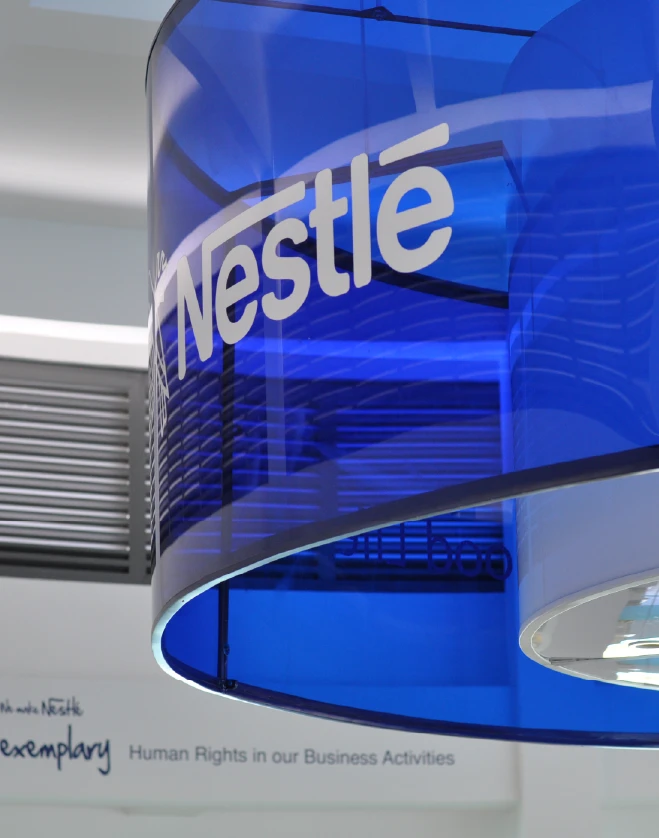
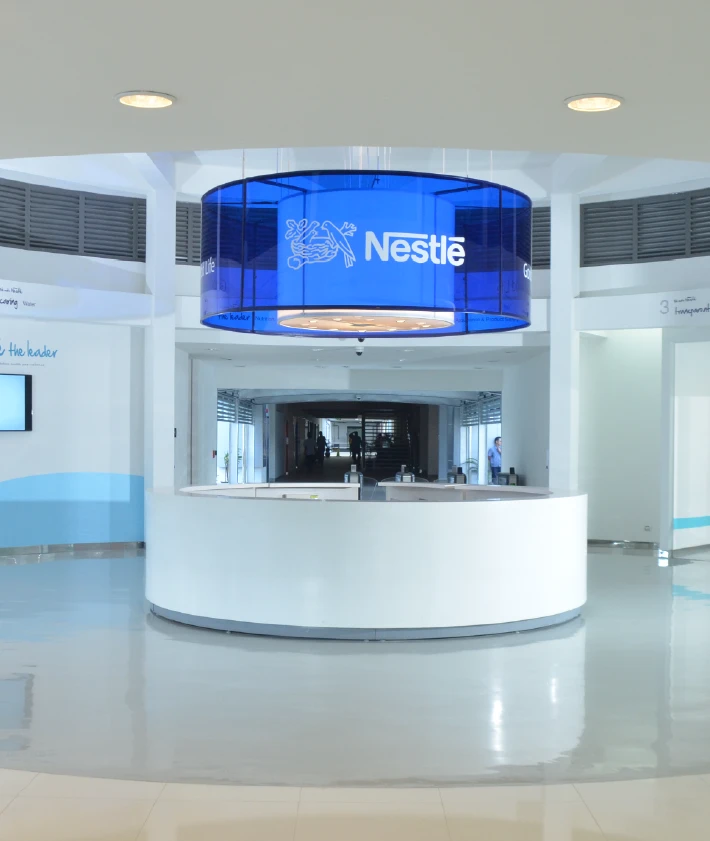
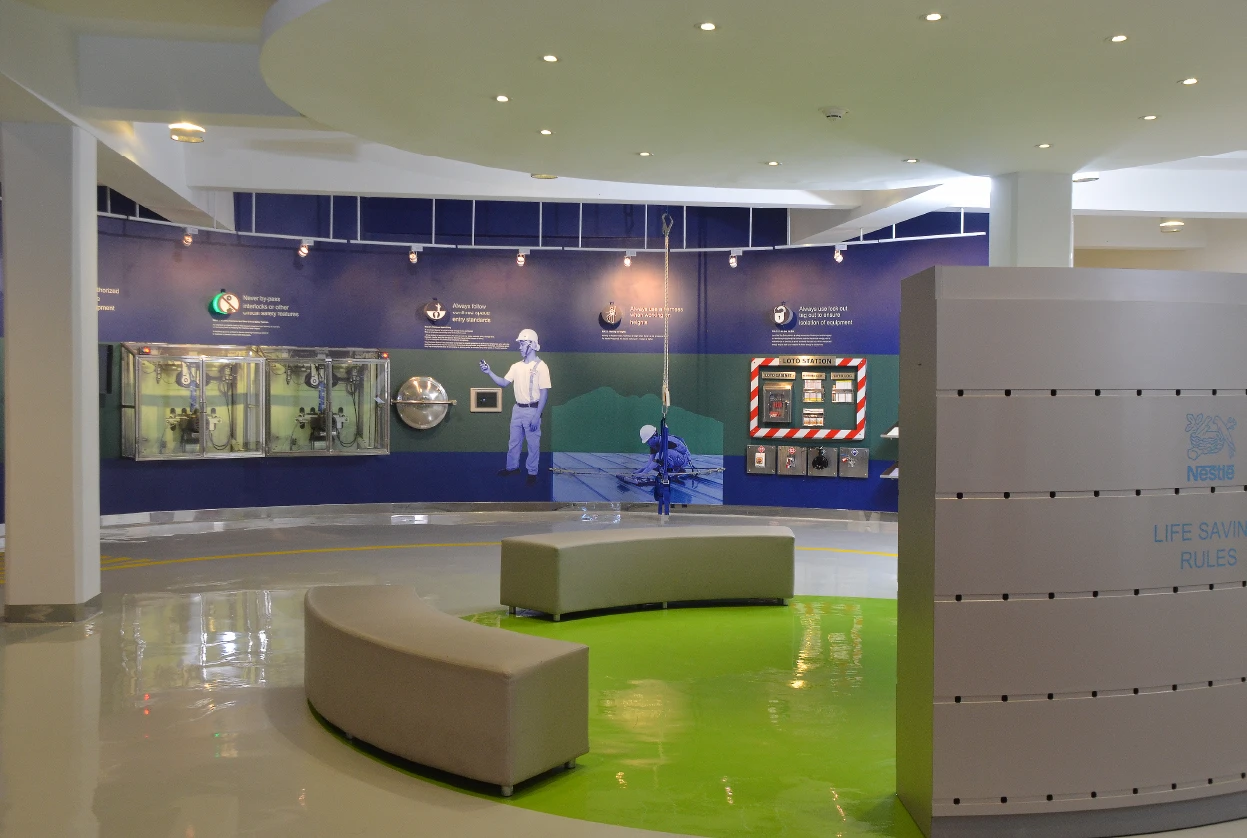
The interiors were refined in tandem with the architecture, ensuring consistency in materials, forms, and spatial logic. Similarly, the experience design strategy was developed early in the design process to ensure alignment between environmental graphics and the architectural vision. Experience design elements aid in wayfinding, safety, and brand engagement—creating a unified environment where industrial performance and human experience intersect.
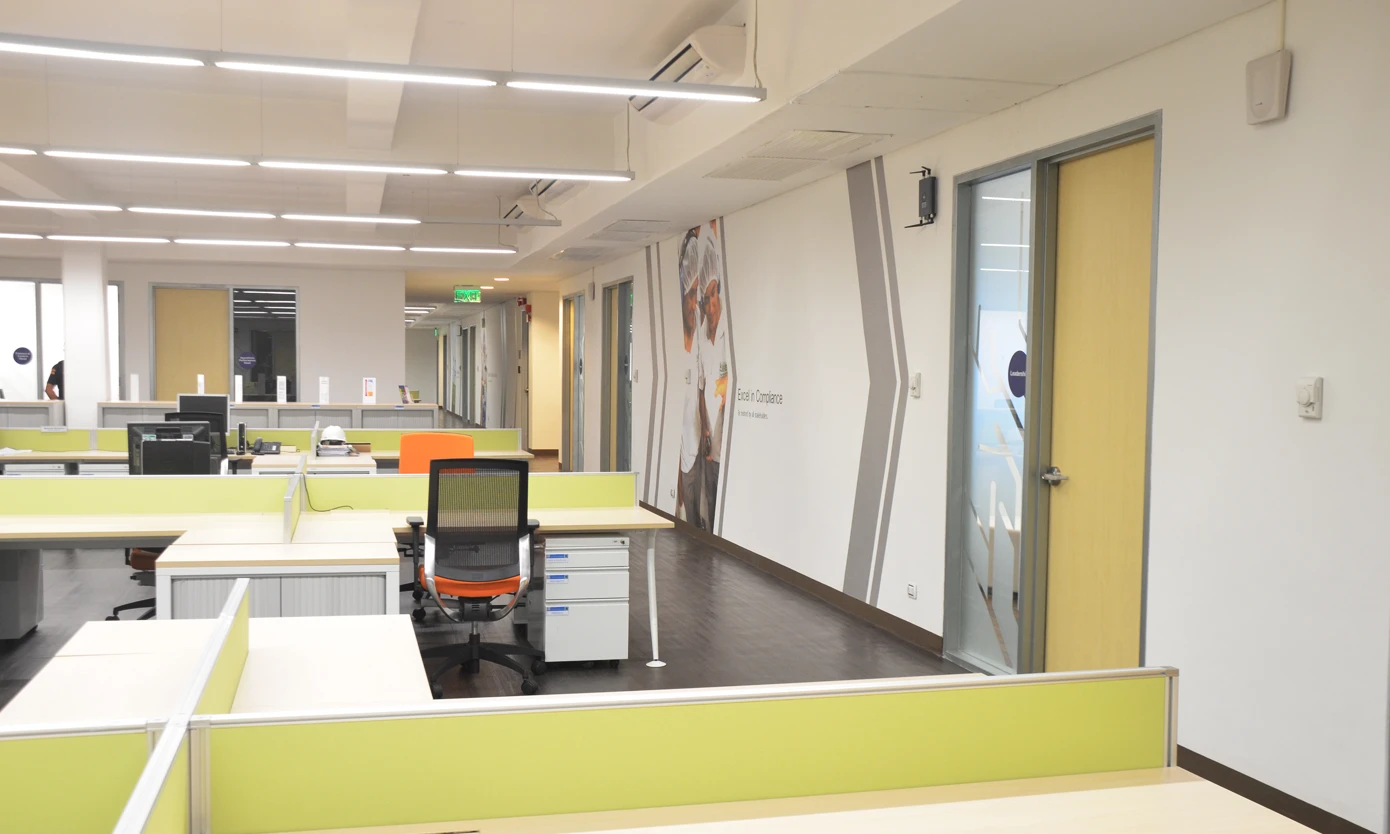
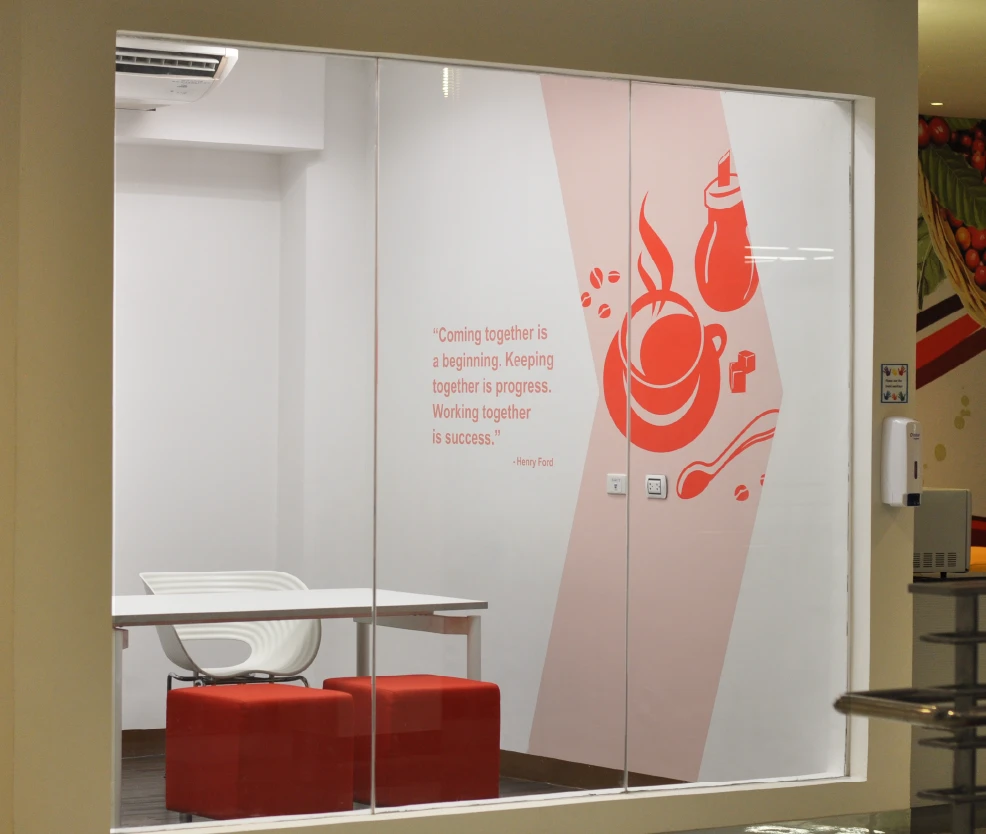
Experience design reinforces the site's identity and operational clarity. Signage, wayfinding, and brand storytelling elements are seamlessly integrated across the campus, enhancing navigation while embodying the factory’s commitment to sustainability and innovation. These interventions provide intuitive orientation and articulate a strong visual identity that supports both employees and visitors.
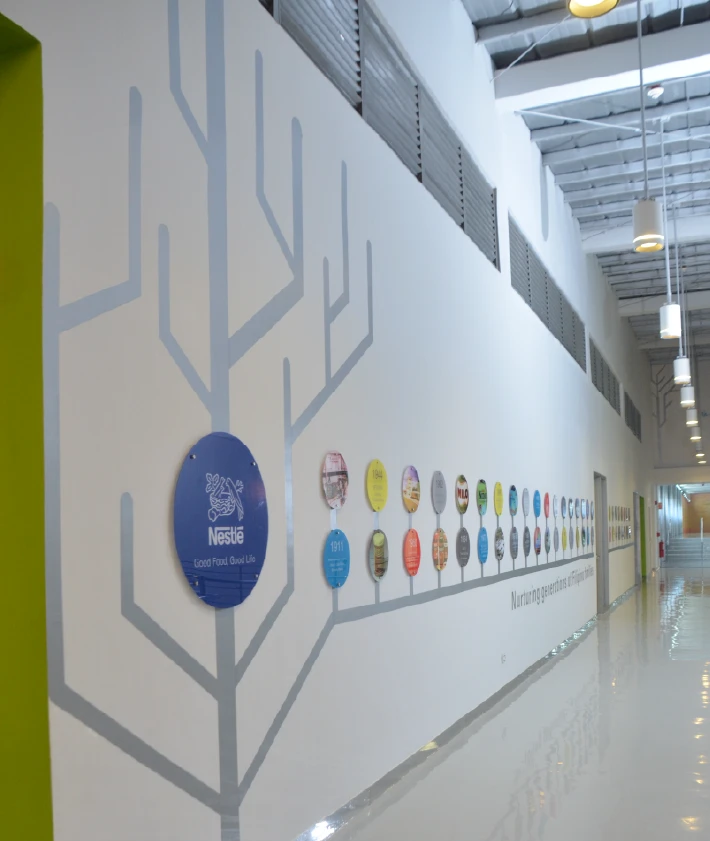
The interiors were refined in tandem with the architecture, ensuring consistency in materials, forms, and spatial logic.

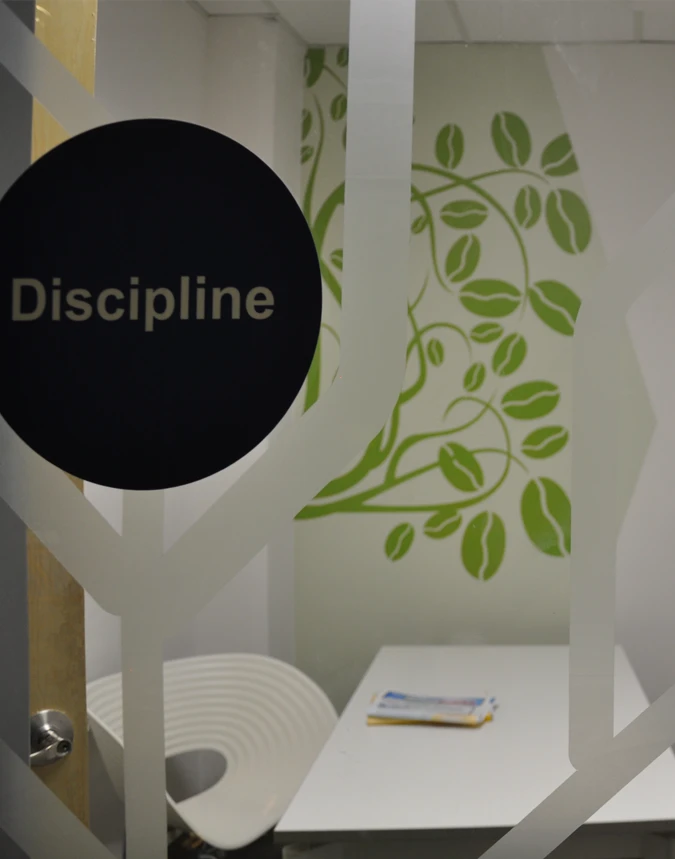
Sustainability and productivity were dual drivers of the project’s innovation agenda. From site planning to building systems, every design decision was evaluated for environmental impact and long-term efficiency. Natural ventilation, daylighting strategies, and energy-efficient technologies reduce the facility’s ecological footprint. Interior spaces were designed to promote well-being, encourage collaboration, and support diverse modes of work. This project exemplifies a new paradigm in industrial architecture—one that aligns operational rigor with aspirational design, and positions Nestlé at the forefront of responsible innovation in the Philippines.